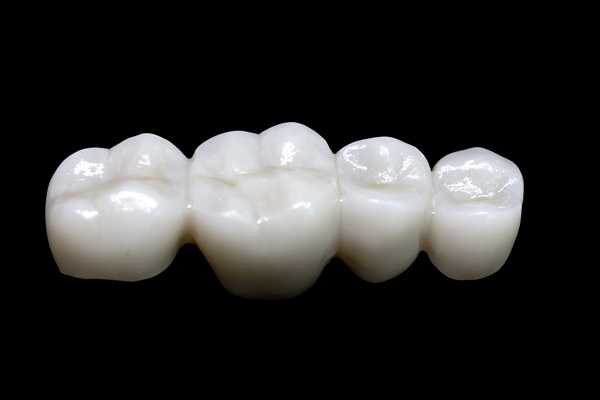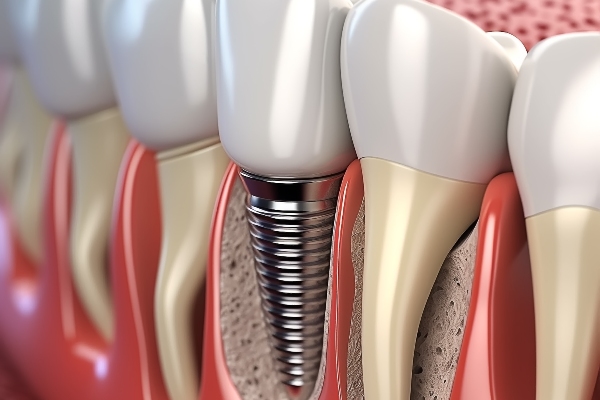 Dental implants are an option for people who need to replace one or more missing teeth. The process involves several steps during which a metal post is surgically mounted into the jaw. The replacement tooth or crown is then secured to the implant, holding the new tooth firmly in place.
Dental implants are an option for people who need to replace one or more missing teeth. The process involves several steps during which a metal post is surgically mounted into the jaw. The replacement tooth or crown is then secured to the implant, holding the new tooth firmly in place.
Why replacing teeth is important
Missing teeth can have an adverse impact on your overall health and well-being in addition to your self-esteem. Even missing teeth that are not noticeable to others can affect your facial muscles and jaw. Since teeth work together to help you chew, even one missing molar can have a negative impact on your ability to speak and eat comfortably.
If your jawbone breaks down and your facial muscles shift, the entire shape of your face can change. Additionally, with the gap in between teeth, the surrounding teeth can shift causing issues such as tooth grinding, tooth sensitivity, and difficulty chewing.
How dental implants are placed
The insertion of dental implants involves outpatient surgery conducted through several stages. Healing time between procedures is required. The steps for placing dental implants are:
- Removal of the damaged tooth
- Preparation of the jawbone, including grafting, if necessary
- Placement of the dental implant
- Time for bone growth and recovery
- Placement of the abutment
- Placement of the artificial tooth
It takes months to get through the entire dental implant process. A lot of that time is spent allowing bone growth and healing. In some instances, certain steps can be integrated. This is dependent upon how much bone growth is necessary for your mouth.
Insertion of the implant
When placing the implant, the dentist cuts the gum open to reveal the bone and then drills holes into the bone. The implant's metal post is placed into the hole in the jaw. This post acts as the root of the crown and is therefore implanted deep into the bone.
Allowing the bone to grow
After the implant post has been placed in the jawbone, your dentist allows time for the bone to grow and merge into the post. This process is lengthy and often requires several months to form a sturdy base for the crown.
Placing the abutment
The abutment is the piece that will attach to the crown. To place an abutment. the dentist reopens the gum and attaches the abutment to the dental implant. The tissue is then sealed around the equipment but not over it. This is to allow the new tooth to be attached properly after the gum has healed. The healing process takes around two weeks for most patients.
Placing the new tooth
After all of the other prep work, your mouth is finally ready for a crown. The artificial tooth is screwed or cemented onto the implant abutment. Care for your dental implants the same way you would care for your natural teeth.
Conclusion
Though the dental implant process is long and cumbersome, it is worthwhile to chew comfortably again. Continue to see your dentist regularly to keep all of your teeth in working condition.
Request an appointment or call Midtown Dental - The Gallery of Smiles at 713-979-4127 for an appointment in our Houston office.
Recent Posts
There are many benefits to dental implants, and once healed, implants look and feel much like natural teeth. Despite these benefits, they may not be the right choice for everyone. It is important to speak with a dentist and consider the current condition of your health before going forward with the procedure.Before you can get…
Dental implants are a permanent solution for replacing missing teeth and restoring oral function. Patients who take the time to understand the implant process enjoy successful outcomes.A dental implant is a titanium post that a dentist anchors to the jawbone to replace a missing tooth root. After the implant successfully integrates with the jawbone, the…
According to the American Dental Association, dental implants are stable because the jawbone grows around them. This process is known as osseointegration, and it is essential for the success of an implant. Several elements can affect this process, and patients undergoing the dental implant procedure should understand what affects an implant fusing to the bone.…










